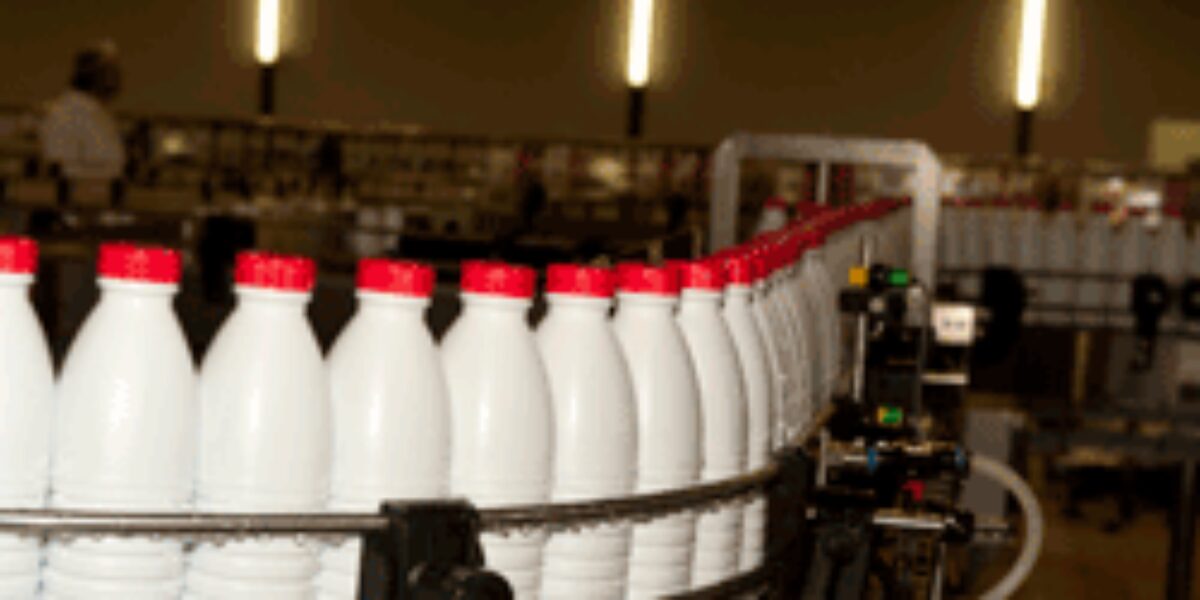Invest in the heart of South Africa, The Free State Province
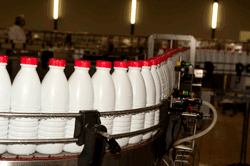 South Africa on the Global Stage
South Africa on the Global Stage
The International Monetary Fund (IMF) has forecast that South Africa is set to grow by 2.8% in 2013 and 3.3% in 2014. This growth is seen as part of the phenomenal growth projected for Sub-Saharan Africa, set at 5.6% in 2013 and expected to reach 6.1% in 2014.
The main driver of next year’s 6.1% growth in Sub-Saharan Africa, the IMF says, is expected to be the strengthening of activity in South Africa and other middle-income countries, predicated on improvements in the external environment, such as stability in the Euro zone.
Free State at the Heart of South Africa’s Growth
The Free State, South Africa’s most centrally situated province, borders the country’s six of the eight other provinces and shares a border with the Kingdom of Lesotho. The province is characterised by lush landscapes, extensive farmland, mountainous retreats and wide open spaces that are an investor’s paradise. The province is actively driving new investments and job creation initiatives into the province through its economic development agency, the Free State Development Corporation (FDC).
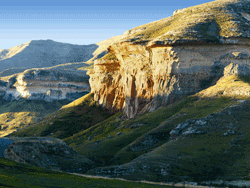 Tourism in the Free State
Tourism in the Free State
The province boasts some of the country’s largest man-made lakes, such as the Gariep Dam, which has already established a fish hatchery project; the Vaal Dam and the Sterkfontein Dam, a reliable water resource for Gauteng and the northern Free State’s industrial hubs, and the Sandveld Dam in Hoopstad, south-western Free State, which has established a popular annual motorboat championship.
The Free State’s tourist attractions also include the Golden Gate Highlands National Park, the Willem Pretorius Game Reserve and a large number of game farms and holiday resorts. Among its heritage sites the Free State hosts the world-famous Vredefort Dome.
The N8 Corridor Development
The primary aim of the Mangaung N8 corridor development is to stimulate increased economic activity in existing nodes, and spark the development of new economic nodes along the length of the corridor.
One of the major developments recently started on the N8 corridor is in the tourism and hospitality sector. The development includes a five-star hotel and conference centre and lies adjacent to the N8 corridor, 1.3kms from Bloemfontein city centre. The project is being implemented in three phases that include:
- Phase 1: A five-star hotel and conference centre
- Phase 2: An office complex
- Phase 3: A residential development
The conference centre is envisaged to comprise 3 500 square metres of conference and exhibition space, and 350 rooms are planned for the hotel.
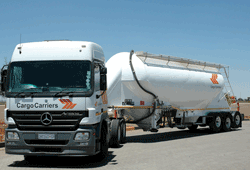 Road Infrastructure
Road Infrastructure
Johannesburg, in the Gauteng province, and Durban in KwaZulu-Natal, are within easy driving distance of the province and there are daily flights from Bloemfontein to all major centres in the country.
Three of South Africa’s major roads, the N1 to Cape Town, the N3 to KwaZulu Natal and the N5, traverse the province, making the Free State ideally situated as a transport and logistics hub.
The Free State is striving to change from being dependent on the primary sectors of mining and agriculture to become a more export-oriented economy. Currently 80% of the manufacturing output comes from the northern region of the province, the Fezile Dabi district, as the South African petrochemicals giant Sasol and related industries are located within that region. The oil-from-coal operation at Sasolburg provides opportunities in petrochemical and pharmaceutical down-streaming.
Wax products by Sasol and its partners include liquid fuels, organic solvents, olefins and industrial mineral derivates. Sasol is set to double the production of hard wax products by 2014.
The following key sectors have been identified as potential growth sectors; agriculture and agro-processing, mining beneficiation, manufacturing and chemicals, tourism, renewable energy, business-process outsourcing and off shoring, and transport and logistics.
Agro-Processing
Occupying 10.6% of South African land, the Free State is considered to be the breadbasket of the country, with 3.2 million hectares of cultivated land. In 2011, agriculture contributed about 4.4% to the economic growth of Free State, representing about 10.26% of the total agricultural sector output in South Africa.
The agricultural sector is the second-largest exporting sector after manufacturing, in the Free State. Owing to its counter-seasonality to Europe, the primary SA export market is itself a competitive advantage.
The temperate climate also lends itself to the production of fruits such as apples, berries, cherries, peaches, plums and apricots.
Field crops
The Free State supplies significant proportions of the South Africa’s sorghum (53%), sunflowers (45%), wheat (37%), maize (34%), potatoes (40%), groundnuts (32%), dry beans (26%), wool (26%) and almost all of its cherries (90%).
These field crops yield almost two thirds of the gross agricultural income, with the main crops being maize and wheat. 100 000 tons of sunflower are produced annually. The province therefore presents a significant investment potential in sunflower processing to produce sunflower oil, bio-diesel and other associated products such and margarine, food pastes and food creams.
Horticulture
About 40% of the country’s potato yield comes from the high-lying areas in the east of the Free State. This area of the province produces about 100 000 tons of vegetables and 40 000 tons of fruit each year. The vegetable crop unique to this area is asparagus, both white and green varieties. Onions are also grown in large quantities. The industry is expanding and experiencing growth in exports.
Floriculture
Due to opposing seasons, southern hemisphere cut flower producers enjoy a competitive edge in European markets. The province exports some 1.2 million tons of cut flowers per year.
Livestock farming
The province is a significant contributor to this industry and is home to large cattle farms for meat and dairy production, sheep and goat farming and to a lesser degree poultry and pig farming. South Africa produces approximately 85% of it’s meat requirements, while 15% is imported from Namibia, Botswana, Swaziland, Australia, New Zealand and European countries.
Beef and Dairy Project Opportunities
The Free State is the third-largest meat producer in the country, contributing 15% of the total national production. The integrated dairy project will have crop farming, meat and milk production, processing and packaging as its core operations.
This project, with the estimated value of R70-million, will use high-tech systems that have proved highly successful in Germany and other Western countries. It will be implemented in two phases, and after the successful implementation of the pilot phase, similar operations are planned for four other towns in the Free State.
The integrated beef project involves the development of an integrated beef production system in the Motheo district, for export of ecological beef to Europe and China. Elements of this project include production of fodder to supply feedlots, construction of skin-hides treatment facility (to be used in the automotive industry), production of organic manure, blood meal and bone meal, glue manufacturing facility and cold storage facilities.
Economic Initiatives in the Free State
A number of initiatives have been launched by the FDC and its development partners to exploit and enhance the value-adding capacity of the Free State.
- Food Processing Park in the Eastern Free State
- Vehicle Distribution Centre
- Automotive Parts and Accessories Distribution Centre
- General Distribution Centre – Container Terminal
- ICT and BPO Hub
- Technology Innovation Centre
- Intermodal Facility with New Railway Siding to Tshiame
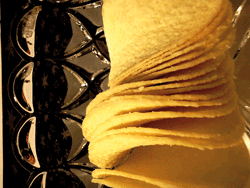 Harrismith Food Processing Park
Harrismith Food Processing Park
Plans are under way to establish a Food Processing Park in Harrismith, in the Eastern Free State, which will include a potato crisp manufacturing plant, a grit manufacturing plant, a cereal manufacturing plant and a fresh produce hub. Opportunities also abound in fruit juice processing, deciduous fruit canning as well as for a starch processing plant.
This park will provide for logistics service providers, warehousing, cold storage and manufacturing facilities to enhance production efficiencies. The value of this project is estimated at R1,5 billion and the project is expected to be implemented in phases over a three year period. The land for this project has already been secured and it is scheduled to be launched later in 2013.
Vehicle Distribution Centre
The FDC, on behalf of the Free State provincial government, recently launched a Vehicle Distribution Centre (VDC) in Tshiame, Harrismith in the Maluti-A-Phofung municipality. The project is part of the Durban – Free State – Gauteng logistics corridor intended to harness the unique advantages of the town’s location. The project enjoys the support of a number of automobile manufacturers.
Container Terminal
This project is intended to divert container cargo from road to rail freight. A container terminal in Harrismith will unlock the country’s import-export logistics by serving as an inland port to lighten the cargo handling of Durban harbour.
Mineral Resources
The Free State has some of the deepest and richest gold mines, producing approximately 30% of South Africa’s output from its 12 gold mines. Gold mines in the Free State also supply a substantial portion of silver and uranium as by-products.
The Jagersfontein mine, in the south-west of the province, has previously produced some of the biggest diamonds in the world. Closed in 1971, the mine is set to be re-opened and is expected to yield some 12.8 carats per 100 tonnes.
The De Beers Voorspoed mine was opened in 2008 near Kroonstad, while the Lace mine in the same area commenced operations in 2010.
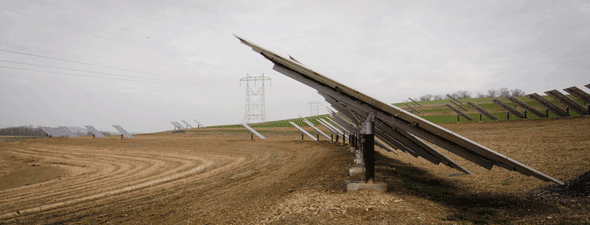
Xhariep Solar Park
The Xhariep Solar Energy Park solar farming project intends to harness the high solar energy index of the Xhariep district in the south of the province for large-scale solar farms to feed into the national power grid and position it for other solar technologies. A land development agreement has already been concluded between FDC and the Xhariep district and local municipalities.
The FDC is currently in discussions with potential investors with a view to establishing a manufacturing facility in Botshabelo, Mangaung, at an estimated cost of R250 million, to produce some 300,000 solar water heaters a year. Investment in renewable energy is important to add to the current energy supply in South Africa.
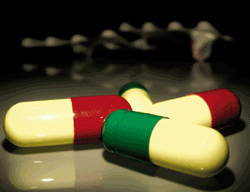 Medical and Pharmaceutical Investment Opportunities
Medical and Pharmaceutical Investment Opportunities
The Free State is also targeting the pharmaceutical and medical sectors for investment. The springboard for this sector is the recent injection of a R35 million investment in the establishment of a high tech medical supplies facility in Kroonstad. This project is a pilot for other manufacturers to be set up in Parys and Sasolburg which will ultimately form part of the Free State “manufacturing triangle”. Parys has been earmarked for the establishment of a full safety product manufacturing facility while the location of the Sasol plant has prompted the decision to locate a medical extrusion plant in the area. Other international medical supplies companies are already earmarking the province as an investment location, which will allow them easy access to countries in the rest of Africa.
The establishment of a bio-technology park in the capital, Bloemfontein, is planned in conjunction with the Technology Innovation Agency (TIA) and the Medical School of the University of the Free Stare. It is intended that this will become a state of the art facility to manufacture patented medical products.


